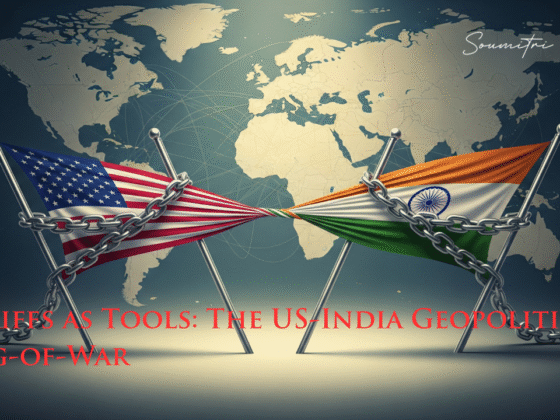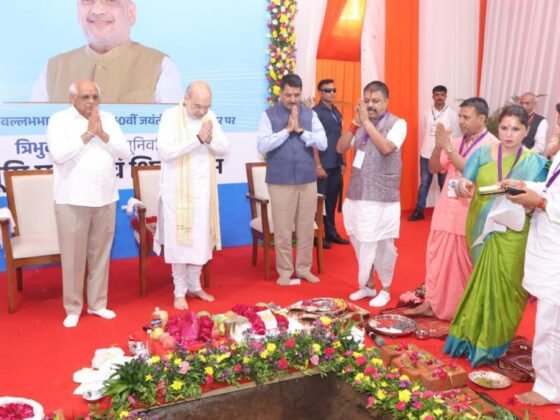The 1947 Partition of India was a monumental event that not only redrew political boundaries but also profoundly disrupted the economic landscape of North India, especially in the border regions of Punjab and Bengal. This division led to several economic challenges that hindered the region’s growth and stability.
Loss of Fertile Land
The partitioning of Punjab, known as the “Granary of India,” resulted in significant agricultural setbacks. The newly drawn boundary awarded a substantial portion of the fertile, canal-irrigated land to Pakistan, leading to a marked reduction in arable land for Indian Punjab. This loss precipitated a food grain shortage, compelling India to import grains to meet domestic demand. The reorganization of agricultural assets necessitated extensive efforts to develop irrigation and farming infrastructure in the remaining Indian territories.
Disruption of Trade
Before Partition, the economies of Punjab and Bengal thrived on integrated trade networks that facilitated the seamless movement of goods and raw materials across regions. The abrupt severance of these networks due to new international borders disrupted established supply chains. Industries that relied on raw materials from areas now in Pakistan faced shortages, while markets for finished goods shrank, leading to economic stagnation in various sectors. The re-establishment of trade routes and relationships became a complex and prolonged process.
Displacement of Skilled Workforce
The mass migrations accompanying Partition led to the displacement of a vast number of skilled workers. Artisans, traders, and industrial laborers who had been integral to the economic fabric of regions like Punjab and Bengal were uprooted. Many sought refuge across the new borders, resulting in a significant depletion of human capital. This exodus created labor shortages in key industries, hampering production and economic productivity. The challenge of integrating and rehabilitating displaced populations added to the economic strain.
Infrastructure Damage
The violence and turmoil that marked Partition caused extensive damage to infrastructure. Transportation networks, including railways and roads, were disrupted or destroyed, impeding the movement of goods and people. Communication systems were similarly affected, isolating communities and markets. The destruction necessitated significant investment in rebuilding efforts, diverting resources from other developmental needs. The restoration of infrastructure was critical for economic recovery but required time and substantial financial outlays.
Strain on Resources
The sudden influx of millions of refugees into North India placed immense pressure on existing resources. The government faced the colossal task of providing food, shelter, and healthcare to displaced persons. This humanitarian crisis strained public services and finances, as resources had to be reallocated to address immediate needs. The long-term process of resettlement and integration of refugees also posed economic challenges, as it required sustained support and the creation of employment opportunities.
In summary, the Partition of 1947 inflicted severe economic disruptions on North India. The combined effects of lost agricultural land, fractured trade relations, workforce displacement, infrastructure devastation, and resource strain culminated in a period of economic hardship. Recovery demanded concerted efforts from both the government and the populace to rebuild and adapt to the transformed economic landscape.

 Add to favorites
Add to favorites








